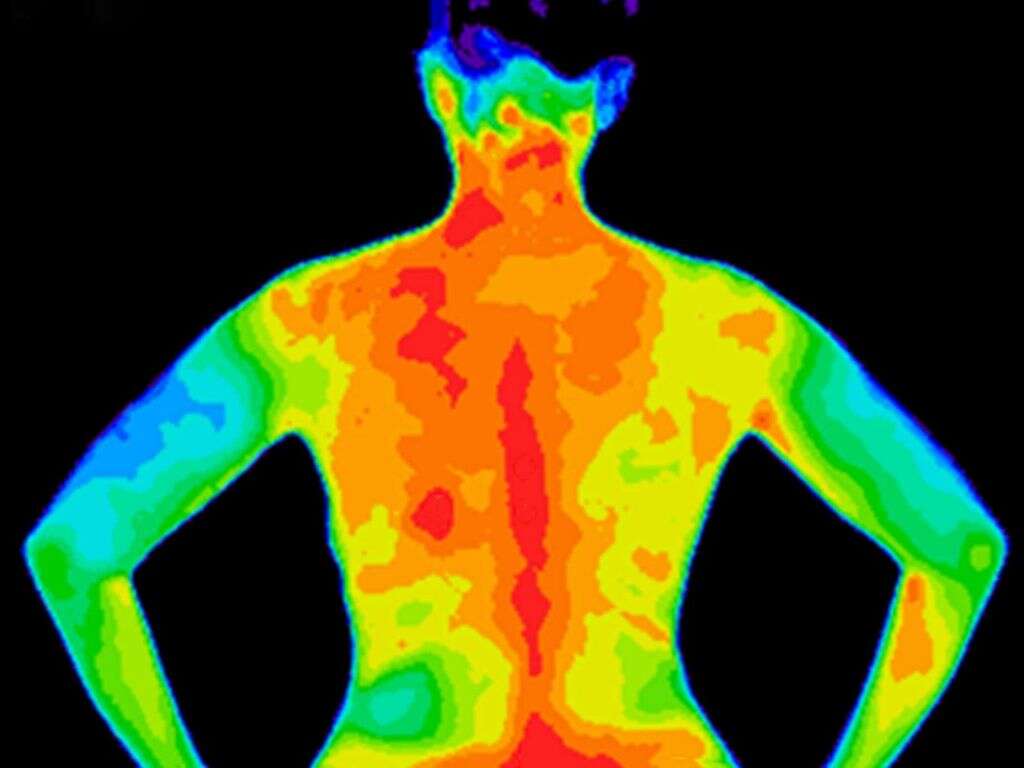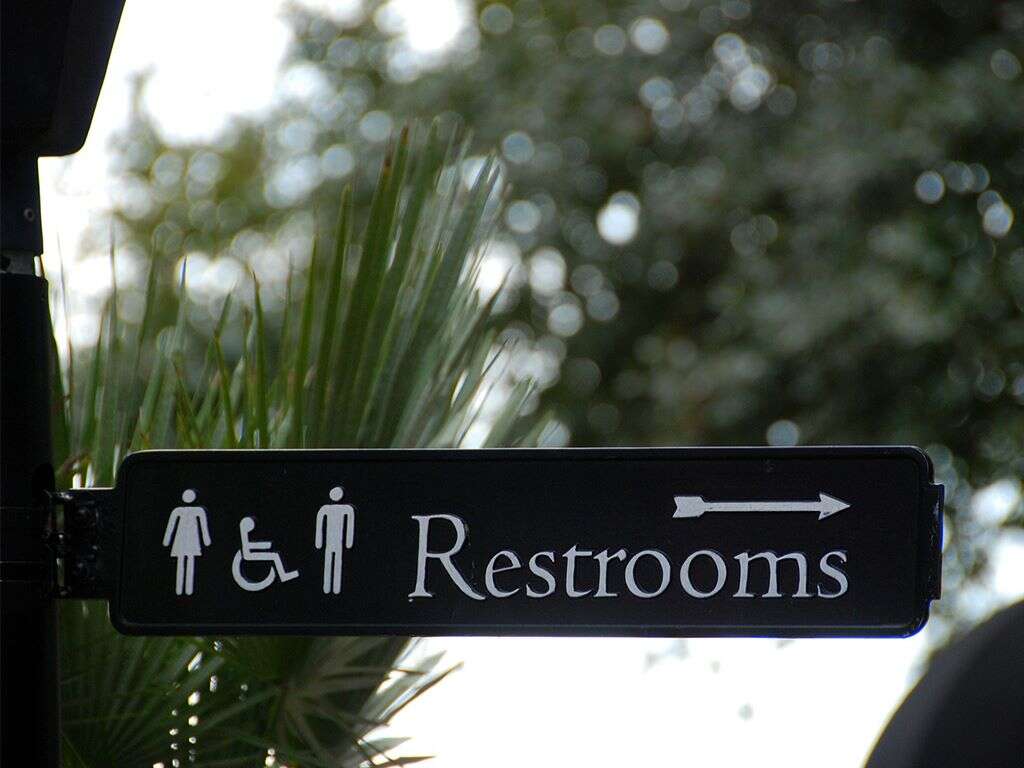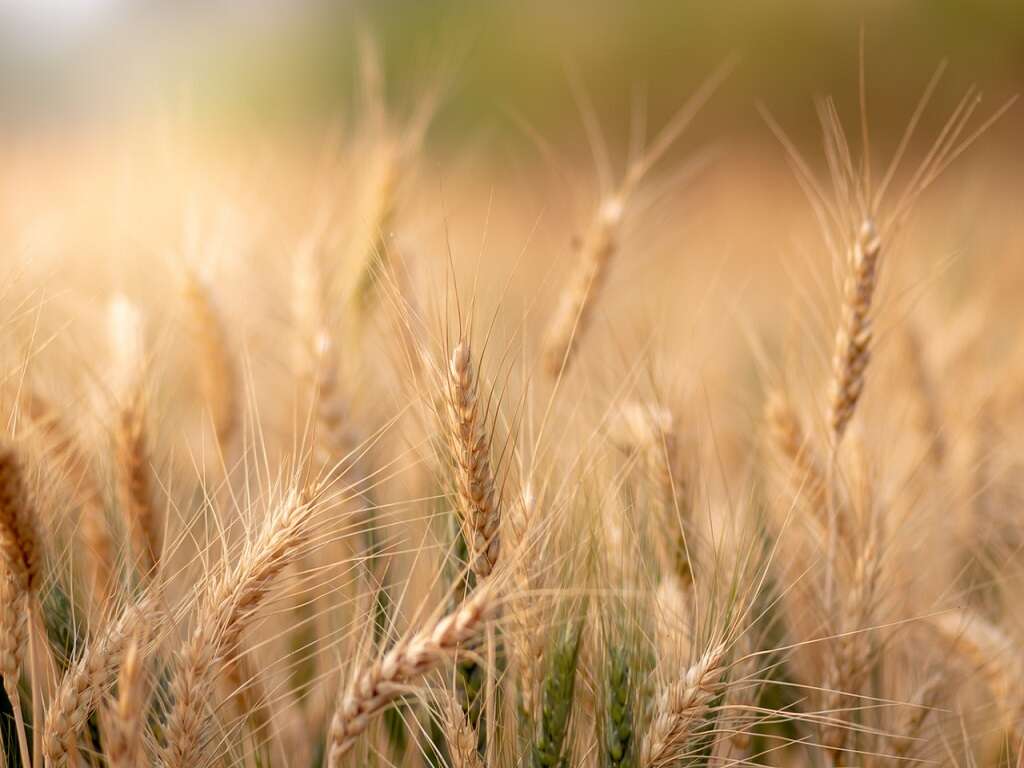10 Signs of Gluten Intolerance
Gluten refers to a composite of storage proteins known as glutelins and prolamins that are stored in the endosperm’s starch. This part of the plant functions to nourish it during germination. It is found in barley, wheat, rye, and other hybrids such as emmer, spelt, Khorasan, and more. Naturally, it can also be found in products made from these grains.
Gluten is appreciated for the elasticity it gives when flour is mixed into dough. It also helps the bread rise and retain its shape leaving the final product with a chewy texture. In some individuals, gluten can trigger an adverse autoimmune reaction resulting in celiac disease, gluten ataxia, non-celiac gluten sensitivity, and dermatitis herpetiformis. Individuals with these issues are recommended to engage in a gluten-free diet.
Gluten intolerance, or gluten sensitivity, is a fairly common issue. It is estimated to affect approximately 0.5 to 13 percent of the population and may result in various issues.

Gluten Intolerance Sign #1: Abdominal Distension
Abdominal distension usually occurs when there is an excessive accumulation of substances, gas, or fluids in the abdomen causing its walls to expand. It can be a symptom of an underlying issue.
Affected individuals usually describe it as an increased pressure in the abdomen, bloating, nausea, pain, cramping, and a sensation of fullness. The distension may reduce when the individual belches or farts. Causes of abdominal distension include irritable bowel syndrome, food poisoning, gluten intolerance, lactose intolerance, and more.

Gluten Intolerance Sign #2: Stool Changes
Stool changes can be observed based on the color, frequency, and consistency of the stool. Normal stools are usually in different shades of brown, soft, and easily passed. The frequency of every individual’s bowel movement varies and can range from twice a week to several times a day.
Individuals with gluten intolerance also often experience constipation, diarrhea, and smelly feces. In those with gluten intolerance, gluten damages the gut lining causing poor nutrient absorption and various digestive signs and symptoms.

Gluten Intolerance Sign #3: Fatigue
Individuals with gluten intolerance may appear to be tired and prone to fatigue. This is especially true after they have consumed foods that contain gluten. Various studies have observed that approximately 60 to 82 percent of individuals with gluten intolerance experience fatigue and tiredness.
Another contributing factor may be iron-deficiency anemia caused by gluten intolerance. However, fatigue and tiredness are very common and can be seen in various conditions. Those who experience them continually should seek professional opinion to obtain an accurate diagnosis.

Gluten Intolerance Sign #4: Skin Issues
People with gluten intolerance often experience skin issues. Dermatitis herpetiformis is a chronic skin condition that is caused by gluten consumption. It is most commonly seen on the forearms near the elbows, hairline, knees, and buttocks.
The skin often appears to have multiple small bumps or blisters that are itchy. These issues usually resolve once the affected individual adopts a strict and gluten-free diet. This kind of diet also improves other skin issues, like alopecia areata, psoriasis, chronic urticaria, and others.

Gluten Intolerance Sign #5: Depression
Depression refers to a state of low mood and aversion to activity. It can affect an individual’s feelings, thoughts, sense of well being, and behaviour. It can be disabling, causing feelings of sadness and hopelessness.
Studies have observed that individuals with digestive issues are more likely to have anxiety and depression when compared to other healthy individuals. This is especially seen among those with celiac disease. Some theories about the association of gluten intolerance and depression include the presence of gluten exorphins, abnormal serotonin levels, and changes in the gut microbiota.

Gluten Intolerance Sign #6: Weight Loss
Weight loss refers to the reduction of total body mass due to loss of adipose tissue, fluid, bone mineral deposits, muscles, tendons, and other connective tissue. Weight loss can be either intentional of unintentional. Unintentional weight loss is most commonly due to underlying diseases such as diarrhea, food poisoning, malnourishment, illness, and more.
The four main mechanisms involved in unintentional weight loss are impaired digestion, impaired intake, excessive loss, and altered metabolic demands. Weight loss is often seen as a common side effect of gluten intolerance. As seen in one study involving celiac disease patients, 67 percent of participants had lost weight. Patients who do not weight themselves regularly may notice that their clothes become looser.

Gluten Intolerance Sign #7: Pallor
Pallor refers to paleness of the skin that can be seen in anemia, illness, stress, emotional shock, and more. It is due to the reduced amount of oxyhemoglobin on the skin or the mucous membranes. It is more evidently seen on the palms and face. Usually, pallor is not clinically significant unless it also affects the palms, mouth, lips, tongue, and other mucous membranes. Pallor should be distinguished from hypopigmentation or a fair complexion.
In gluten intolerance, the pallor is caused by iron deficiency anemia due to the impairment of nutrient absorption. Other associated signs and symptoms are breathlessness, fatigue, headaches, dizziness, and more.

Gluten Intolerance Sign #8: Limb Numbness
Gluten intolerance can also cause neuropathy resulting in numbness or tingling in the legs and arms. This is most commonly experienced by those with vitamin B12 deficiency, diabetes, alcohol consumption, and toxicity.
However, studies have observed that limb numbness is more commonly seen among those with gluten intolerance compared to their peers. Although the cause or association is unknown, it is thought to be due to the presence of some antibodies that are involved with gluten intolerance.

Gluten Intolerance Sign #9: Anxiety
Anxiety is an unpleasant feeling of inner turmoil causing affected individuals to exhibit nervous behaviour such as pacing back and forth, rumination, and somatic complaints. Individuals with anxiety often have a feeling of dread over anticipated events, feeling of imminent death, and more. It is different from fear which is a response to a real immediate threat.
Anxiety always regards a future threat. It is an unfocused and generalized overreaction to a situation that may be subjectively menacing. Those affected tend to be restless, have issues with concentration, and experience muscular tension. Individuals with gluten intolerance are more likely to have anxiety and panic disorders compared to other healthy individuals.

Gluten Intolerance Sign #10: Joint and Muscle Pain
Arthralgia, or joint pain, is often a symptom of illnesses, infection, injury, or side effect of medication. Some causes of joint pain are rheumatoid arthritis, rheumatic fever, osteoarthritis, gout, septic arthritis, systemic lupus, erythematosus, and more.
Myalgia, or muscle pain, is commonly seen in various causes such as overstretching of muscles, viral infections, side effect of drugs, fibromyalgia, autoimmune disorders, and more. Some experts believe that the exposure to gluten for those who have gluten intolerance may result in inflammation. This can lead to widespread pain including the joints and muscles.












